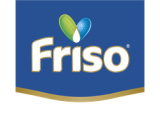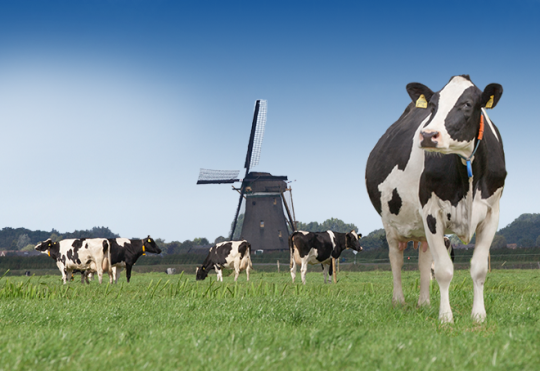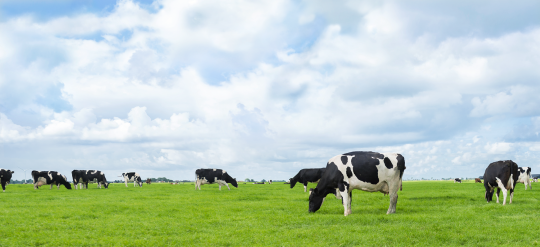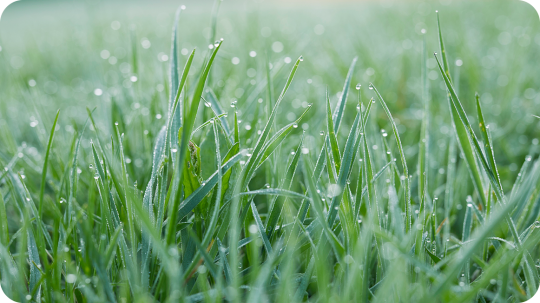
NOVAS Signature Milk – The high-quality milk from our farms
Ever wondered what makes our formula so naturally nutritious for your child? Wonder no more! We’d like to introduce NOVAS Signature Milk, the high quality milk sourced 100% from our farms in Holland. Our milk contains small molecules with soft structure#. With LockNutri technology to lock in milk protein structure in its natural form so it’s easy to digest.
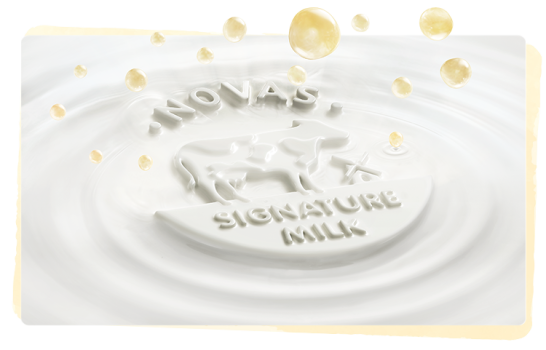
When it comes to milk, not all of them are the same. This is what makes NOVAS Signature Milk different from the rest. Our milk’s low levels of casein mineralization means there are more small molecules with soft structure#. Milk with low levels of casein mineralisation is known to form soft curd particles in your child’s gentle tummy, making it easier to digest^.
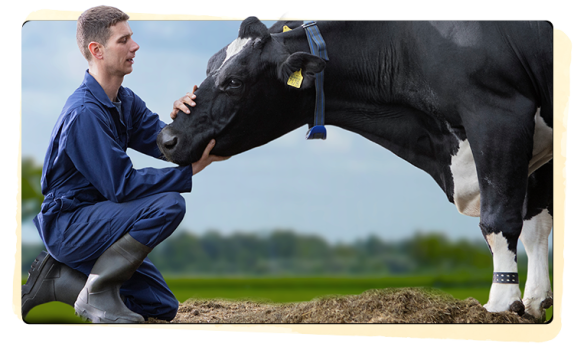
How is NOVAS Signature Milk crafted?
Using over 140 years of Dutch dairy expertise combined with science, our farmers choose cows that produce high quality milk for your child. The cows that produce NOVAS Signature Milk are selected based on a collection of data about their health, milk quality, and composition, so that your child gets the natural nutrients he or she needs.
Each cow has a neck sensor that enables our farmers to monitor their health. This allows us to track how many steps they take when grazing on our fields, how long they lie down for, and when they eat.
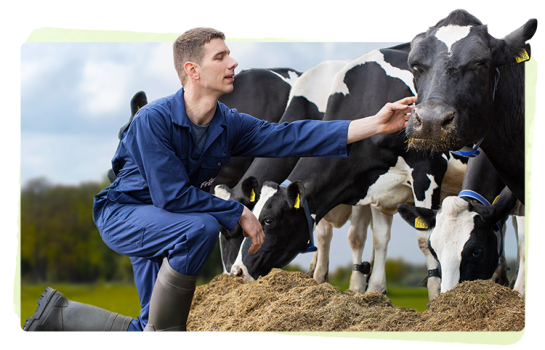
Using this data, the cow’s physiological status and the macronutrient composition of milk is analysed. Our farmers then customise the feed for each cow to ensure it gets the right nutrition it needs. The customised feeds include rye grass and maize grown on our farms, along with other natural ingredients. Our farmers do all this because they know that when our cows are well cared for, they produce higher quality milk rich in natural nutrients for your child.
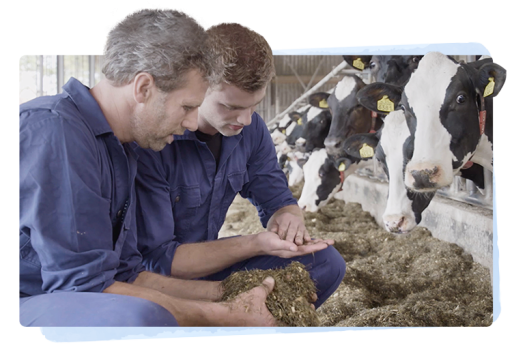
Last but not least, it’s the passion and commitment of our farmers that make our naturally nutritious NOVAS Signature Milk truly special. Handed from generation to generation, it’s our farmers’ knowledge and expertise that enables us to nourish your child with quality milk produced on their family-owned farms.
#Refers to non-micellar caseins with gentle bonds
^Huppertz T & Lambers T, 2020
